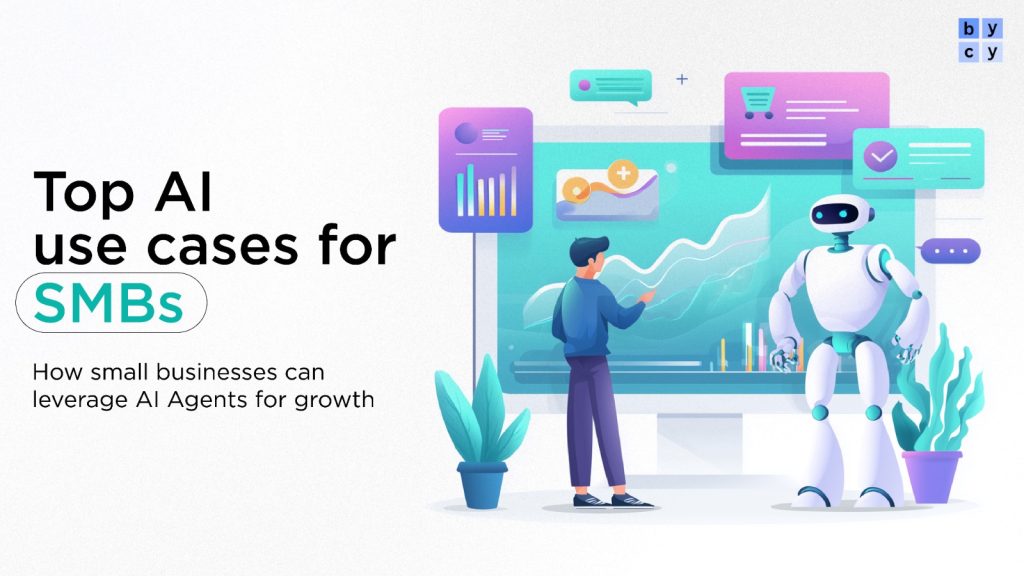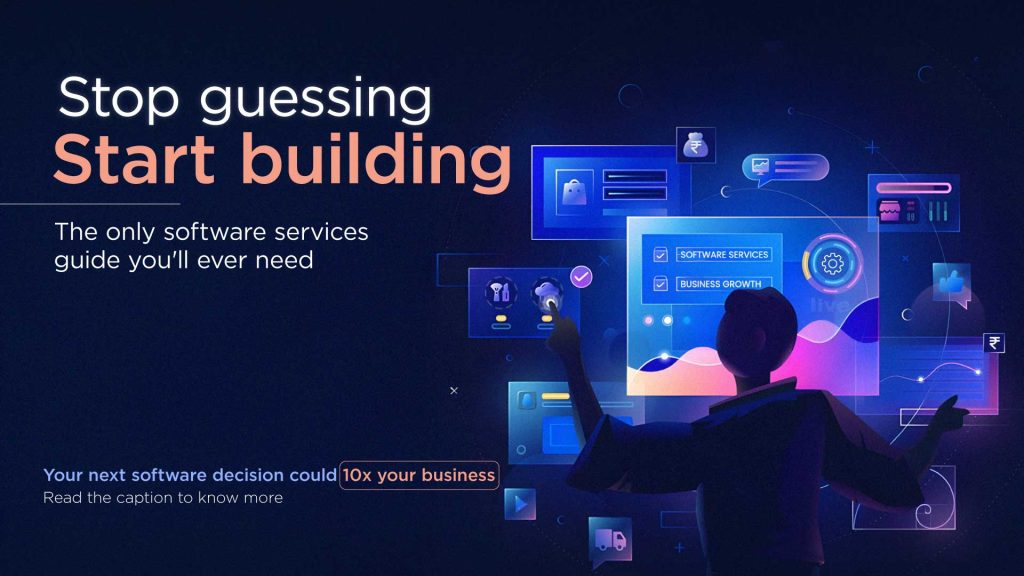Introduction
Software modernization can help your business significantly reduce costs and improve performance by updating or entirely replacing outdated systems with modern technologies, architectures, or practices.
Maintaining legacy systems can be a huge financial burden. Modernization can directly impact the high financial burden associated with maintaining legacy systems, which can lead to substantial long-term savings. With software modernization, you can achieve reduced maintenance costs, lower infrastructure expenses, enhance security and compliance, etc.
With software modernization, you can also attain speed and reliability. In this blog, we’ll take a deeper dive into what exactly software modernization is and how it can reduce costs and improve performance for your business.
What Is Software Modernization?
Re-hosting
Re-platforming
Re-architecting
Why Legacy Systems Hold Businesses Back
Cost Benefits of Software Modernization
Performance Benefits of Modernization
Real-World Examples of Cost Savings and
Efficiency Gains
How to Approach Software Modernization
Strategically
Conclusion
FAQs:
Software modernization is the process of updating old, legacy systems to be current and efficient. This involves replacing outdated code, adopting modern architecture, and integrating new tools.
Modernization can help your business reduce high and unpredictable maintenance costs, fix security issues, and improve the speed and efficiency of your systems, reducing your costs in the long run.
You can potentially see initial results and cost-saving benefits within 6-12 months. However, the full ROI can be seen within 1-3 years.
Not updating your systems can push you into technical debt, as your business is vulnerable to security breaches. Your business will also be met with slow and inefficient systems that are incapable of responding to market changes and expectations.
ByClarityTech provides end-to-end modernization services from assessing your current systems to choosing the right path to modernize your systems and execute the migration with no disruption to your business.



